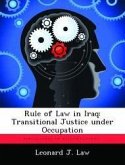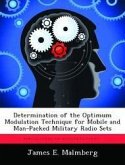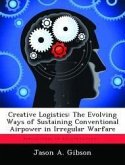With the increased proliferation of computing equipment, there has been a corresponding explosion in the number and size of databases. Although a great deal of time and e ort is spent building and maintaining these databases, it is nonetheless rare that this valuable resource is exploited to its fullest. The principle reason for this paradox isthat many organizations lack the insight and/or expertise to e ectively translate this information into usable knowledge. While data mining technology holds the promise of automatically extracting useful patterns (such as decision rules) from data, this potential has yet to be realized. One of the major technical impediments is that the current generation of data mining tools produce decision rule sets that are very accurate, but extremely complex and difficult to interpret. As a result, there is a clear need for methods that yield decision rule sets that are both accurate and compact. The development of the Genetic Rule and Classi er Construction Environment (GRaCCE) is proposed as an alternative to existing decision rule induction (DRI) algorithms. GRaCCE is a multi-phase algorithm which harnesses the power of evolutionary search to mine classi cation rules from data. These rules are based on piece-wise linear estimates of the Bayes decision boundary within a winnowed subset of the data.








